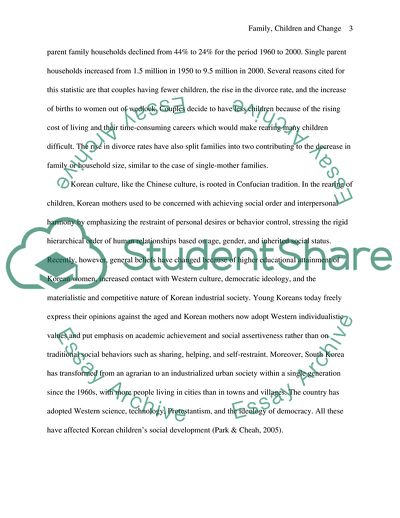Cite this document
(Families in Different Parts of the World Term Paper, n.d.)
Families in Different Parts of the World Term Paper. Retrieved from https://studentshare.org/family-consumer-science/1719440-family-children-and-change
Families in Different Parts of the World Term Paper. Retrieved from https://studentshare.org/family-consumer-science/1719440-family-children-and-change
(Families in Different Parts of the World Term Paper)
Families in Different Parts of the World Term Paper. https://studentshare.org/family-consumer-science/1719440-family-children-and-change.
Families in Different Parts of the World Term Paper. https://studentshare.org/family-consumer-science/1719440-family-children-and-change.
“Families in Different Parts of the World Term Paper”. https://studentshare.org/family-consumer-science/1719440-family-children-and-change.


